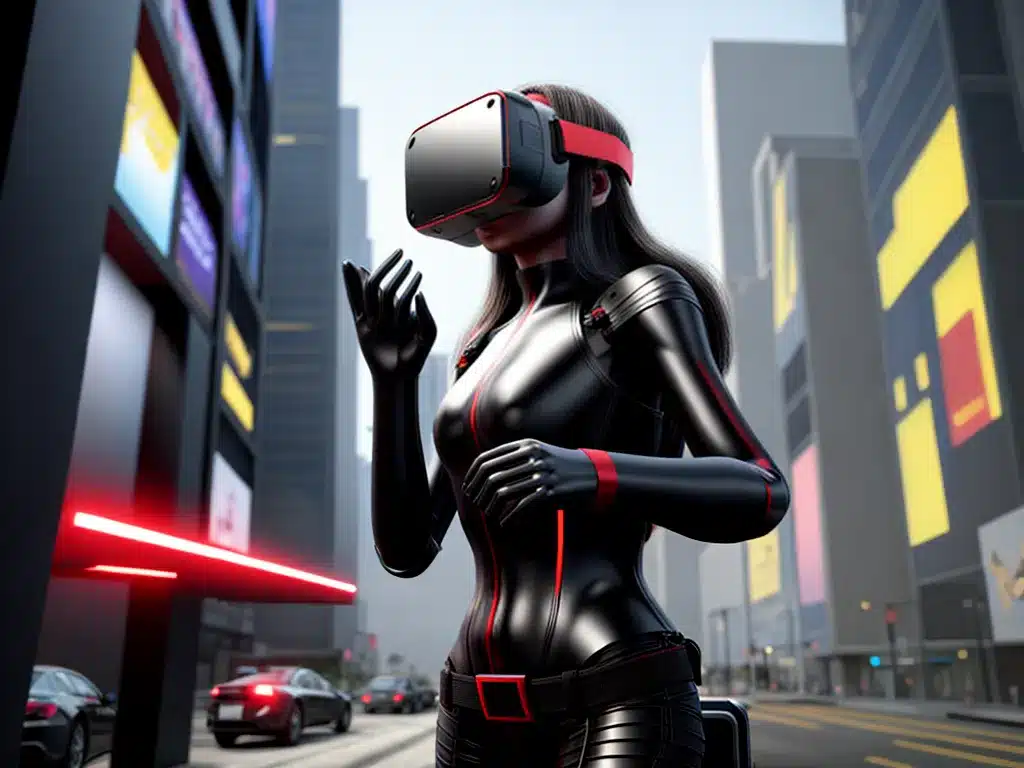
Introduction
The metaverse and virtual reality (VR) are transforming how we interact with digital environments. As these immersive technologies evolve, graphics engines play a crucial role in creating seamless and realistic experiences. In this article, I will explore the significance of real-time graphics engines and their capabilities in enabling next-generation metaverse applications.
Defining Graphics Engines
A graphics engine is a software framework that renders 2D and 3D graphics. It handles tasks like:
- Asset management – 3D models, textures, materials, etc.
- Scene rendering – Generating 2D images from 3D assets
- Lighting – Simulating how light interacts with virtual objects
- Physics – Simulating gravity, collisions, cloth movements, etc.
Key features of modern graphics engines include:
- Real-time rendering – Images are rendered instantly as the scene changes
- Programmable shaders – Flexible materials and effects
- Scalability – Support for low and high-end hardware
- Cross-platform – Deploy to multiple devices like PC, mobile, console
Leading graphics engines used in game and metaverse development include Unity, Unreal Engine, CryEngine, Lumberyard, Godot, and more.
The Role of Graphics Engines in VR
Graphics engines enable immersive VR experiences by rendering stereoscopic 3D views specialized for headsets. Key capabilities offered by engines for VR include:
- Stereoscopic rendering – Rendering separate images for each eye
- Lens distortion – Accounting for lens warping in VR headsets
- Motion tracking – Integrating input from VR controllers and head tracking
- Spatialized audio – Simulating 3D sound localization and acoustics
Advanced graphics engines also simulate crucial visual effects to enhance realism:
- Lighting – Diffuse global illumination, reflections, shadows
- Post-processing – Lens effects, ambient occlusion, anti-aliasing
These features are implemented efficiently to maintain high frame rates and avoid motion sickness.
Case Study: Unity for Oculus Quest
The Oculus Quest is a standalone wireless VR headset. The device uses Unity as its primary development engine to power immersive games and applications.
Unity’s optimized XR rendering and physics pipelines enable large detailed scenes to be rendered at 72 FPS per eye. The engine handles stereoscopic instancing and lens distortion natively for Oculus headsets.
Developers rely on Unity’s robust tooling pipeline and performance profiling tools to optimize VR experiences specifically for the mobile hardware in the Oculus Quest.
Metaverse – The Next Frontier
The metaverse vision entails persistent online 3D virtual worlds. Graphics engines must scale to meet the demands of these expansive environments.
Trends Shaping Metaverse Graphics:
- Photorealism – Ray tracing, complex materials, volumetrics
- User-generated content – Enabling user creativity
- Persistent online worlds – Seamlessly blending remote users and worlds
- Scalability – Supporting thousands of concurrent users
- Cross-device – Enabling access across VR, PC, mobile
To meet these needs, leading engines like Unity and Unreal are enhancing their capabilities including improving collaborative workflows and tools.
Notable Metaverse Efforts:
- Fortnite – Online game with creative user-generated worlds
- Roblox – Platform for user-created 3D multiplayer games
- Facebook Horizon – VR social space allowing user creativity
- Microsoft Mesh – Enabling collaborative AR/VR experiences
The Future with Real-Time Ray Tracing
Real-time ray tracing is an advanced graphics technique that simulates realistic lighting effects like reflections, shadows and global illumination.
Nvidia RTX GPUs have recently brought hardware accelerated ray tracing into real-time graphics engines.
**Benefits of real-time ray tracing: **
- Hyper-realistic lighting, materials and effects
- Lifelike acoustics, ambient occlusion and shadows
- Improved perception of depth and space
These benefits can greatly amplify the sense of presence and realism in metaverse environments. Unity, Unreal Engine, Frostbite have integrated real-time ray tracing to enable next-gen visuals.
As ray tracing matures further, it will become a crucial pillar for creating convincing digital worlds for social, enterprise and entertainment environments.
Conclusion
Graphics engines help construct immersive simulated worlds by efficiently rendering high fidelity visuals tailored for VR hardware. As metaverse ecosystems evolve, real-time graphics technology will be key to crafting believable shared virtual spaces with photorealistic quality. Powered by GPU accelerated ray tracing, game engines are poised to deliver the heightened realism and scale needed for the next generation of the open and immersive metaverse.












